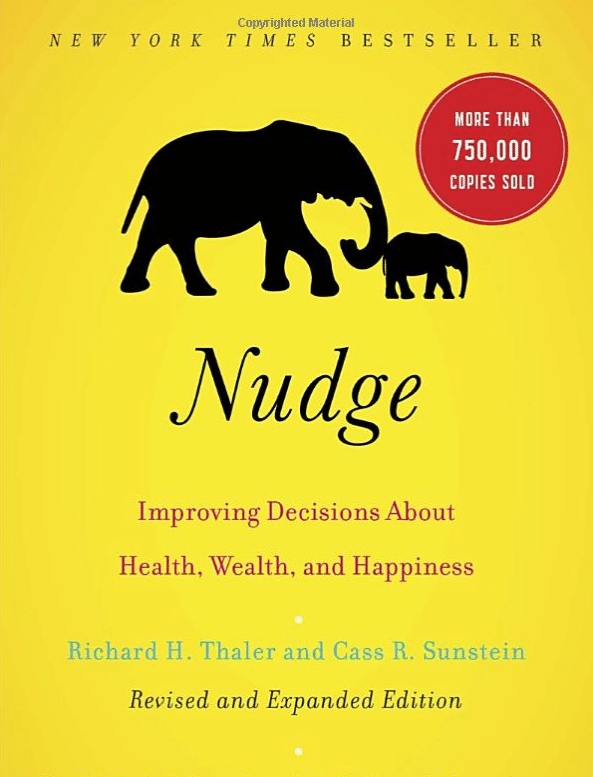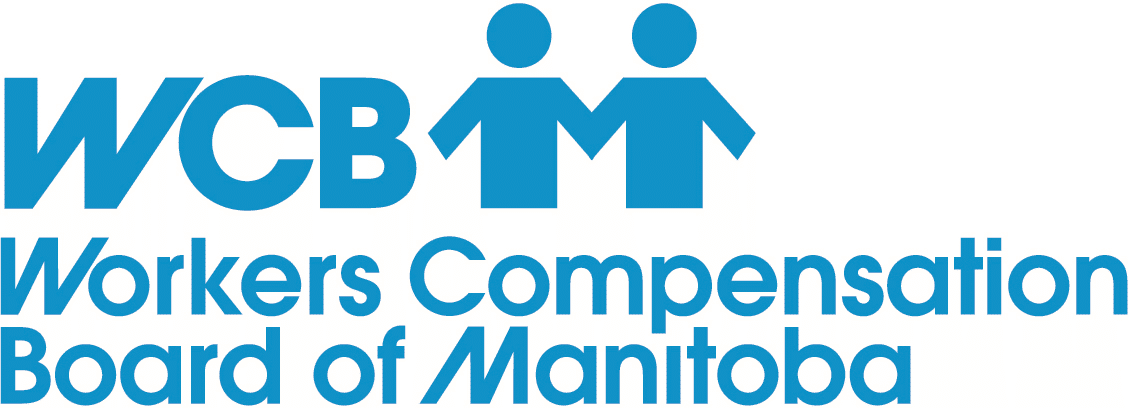Generally, there are two primary types of motivation – Intrinsic and extrinsic.
Intrinsic is internal. These people are motivated by their values and personal goals. They’re encouraged by their own development. Intrinsics might like to host group walks to build in a social component while staying focussed on an activity they enjoy.
Extrinsic is, you guessed it, external. These people are motivated by awards, cheering, and being acknowledged. Extrinsics might like to join a company-wide challenge where winning will come with a prize.
Most people fall somewhere between these two extremes on the spectrum, so it’s good to have a variety of incentives to promote participation in activities. A leaderboard might be useful for many motivation types. It helps Intrinsics to set and gauge their personal goals. And, for Extrinsics, it can give them recognition.
Here are some nudge ideas for your workplace:
- Put a sign in front of the elevator that points to the staircase and says “People are stairing”.
- Hold a voluntary 15-minute recess, preferably outdoors, with a variety of activities.
- Create a walking map that includes different routes and distances around the office.
- Clean up the neighbourhood (provide plastic bags and gloves and, as a company, walk around and pick up trash and recycling in your area)
|
Further reading
A powerful way to promote physical activity and other elements of well-being is through the use of nudges. In their best-selling book, Nudge: Improving Decisions About Health, Wealth, and Happiness, Richard Thaler and Cass Sunstein popularized the idea of the nudge. “A nudge, as we will use the term, is any aspect of the choice architecture that alters people’s behavior in a predictable way without forbidding any options or significantly changing their economic incentives. To count as a mere nudge, the intervention must be easy and cheap to avoid. Nudges are not mandates. Putting fruit at eye level counts as a nudge. Banning junk food does not.” |









